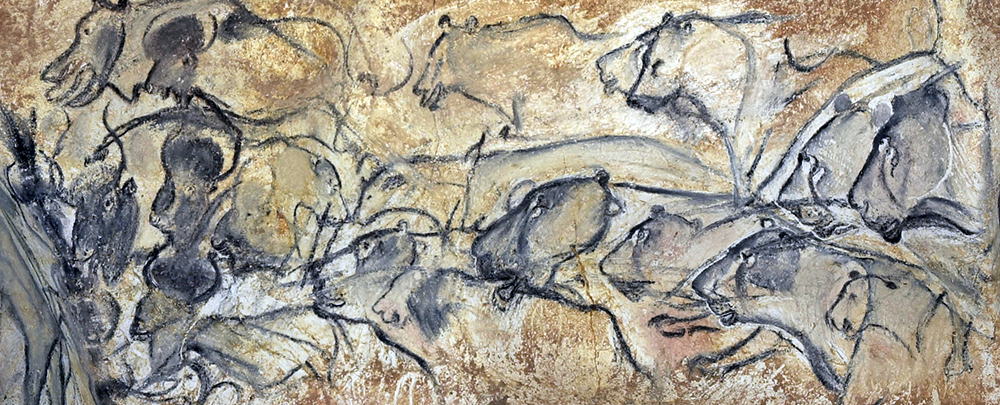Personal Essay
Parallelism Definition: Writing With Parallel Structure
Parallelism, or parallel structure, describes a type of sentence structure common in the English language. When poets and prose stylists effectively employ grammatical parallelism, they strengthen the connections between ideas and objects, embedding relationships in syntax. It might seem silly to write an entire article on a singular sentence structure. Writing parallelism certainly isn’t difficult,…
Read MoreWhat is Point of View in Literature? Exploring Narrative Point of View
You might not notice it, but most published writing contains a narrative point of view. This includes every book, poem, email, instruction manual, even some street signs and cereal boxes. For us writers, defining the point of view of a story or poem is essential: it’s an important part of making our writing “believable.” Like…
Read MoreWhat is Mood in Literature? Creating Mood in Writing
When we talk about the different feelings that a work of writing evokes, we’re talking about the types of mood in literature. Creative writers are experts at drawing out specific sensations in their writing. When a poem or story leaves you feeling elated, nervous, hopeful, melancholy, or any other particular emotion, then the writer has…
Read More“Show, Don’t Tell” in Creative Writing
“Show, don’t tell” is one of the simplest guidelines in creative writing, and one of the most helpful. In short, it encourages writers to transmit experiences to the reader, rather than just information. “Show, don’t tell” encourages writers to transmit experiences to the reader, rather than just information. “Show, don’t tell” is not just a…
Read MoreWhat is a Foil Character? Exploring Contrast in Character Development
A foil character, or character foil, is a character whose actions and traits contrast those of another character—often the protagonist. The foil character is like a white background against a subject in a photograph: it allows the complexities of another character to shine forth, because the reader sees more vividly how one character’s actions and…
Read MoreJuxtaposition Definition: What is Juxtaposition in Literature?
Juxtaposition occurs any time a writer places multiple ideas or images next to each other, without drawing a clear relationship between them. It is, in other words, the art of encouraging inference, because juxtaposition encourages the reader to draw their own conclusions about the relationships between different things. Juxtaposition is a wildly underrated tool in…
Read MoreLearn to Write! 8 Tips on Learning How to Write
If you’re here, you want to learn to write—whether that’s poetry, fiction, nonfiction, or something in-between. Learning to write is a process, one that requires consistent hard work and determination—and perhaps some magic! But, as with any other skill, it’s important to work hard on the right thing. Instead of providing a list of pointers…
Read MoreBraided Essays and How to Write Them
When I first started reading and writing creative nonfiction, I was particularly struck by the “braided essay”—its poeticism, its interlacing movements, its endless possibilities. The beauty of a braid lies in the way it weaves distinct strands into a coherent whole, the way individual strands intermittently appear and disappear. If you’ve ever felt like your…
Read More10 Types of Nonfiction Books and Genres
From journalism to instruction manuals, travel guides to historical CNF, nonfiction is one of the broadest and most versatile categories of writing. Indeed, we encounter many types of nonfiction genres in our everyday lives, including newspapers, social media, letters, reports, instruction manuals, and travel guides. Rather than listing the numerous types of nonfiction in its…
Read MorePun Intended: A Look at Pun Examples in Literature
What do you call a sandwich made of wordplay? A pun-ini. The English language abounds with pun examples in literature. From Chaucer to Shakespeare, from the Romantics to contemporary poetry, writers have twisted language to explore new (and often hilarious) possibilities with words. We generally consider puns to have humorous intent. However, The pun in…
Read More









